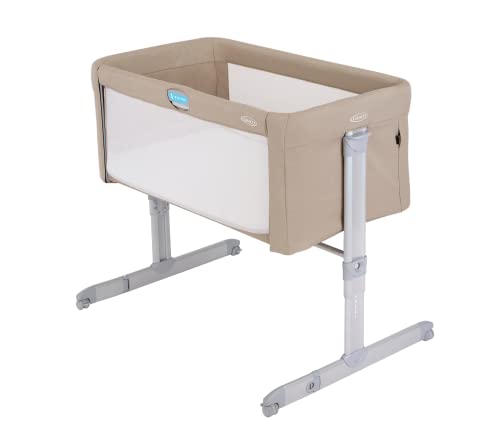How to Choose a Sale Cot
Mortuary cots are a crucial piece of equipment for funeral homes and hospitals. They enable staff to transport bodies safely and with respect. They also provide a dignified and comfortable resting place for the body.
COTS items are crucial in the federal market, but can be difficult to manage. This blog will explain how COTS items fit into GSA schedules, as well as other regulations for government procurement.
Cost-effectiveness
The use of commercial-off-the-shelf (COTS) products allows procurement agencies to gain efficiencies by purchasing items that are readily available from the marketplace. This can reduce the time to develop as well as the cost of life. It also enables procurement agencies to maximize the benefits of technological advancements and industry experience.
It is crucial to keep in mind that COT definitions can be subjective, and different organizations may interpret COTS items differently. This could be a problem for a manufacturer who relies on a consistent methodology to calculate government prices accurately. Wholesalers and GPOs, for instance, usually have an inventory that is not identical to the list used by manufacturers to calculate government pricing. A written SOP and COTS Reference Library are vital elements for applying an effective and uniform method of assigning COTs.
Reliability
A sale cot is an essential purchase for mortuary services. It should be reliable and strong enough to withstand heavy use. It should also be easy to move and set up. The manufacturer should offer good customer service in the event of any after-sales issues. Also, take feedback from your staff before making the final decision. They will be the real users of the cots and will provide you with information about the durability and reliability of the cots.
Wholesalers and GPOs assign COT codes that do not match the list of the manufacturer. This is due to a variety of reasons, including changing business models and mergers and acquisitions. This makes it difficult to apply a subjective perspective consistently when assessing COTS.
Durability
Durability is key for sale cots because they need to be able withstand heavy use and frequent transport. Many funeral homes utilize these cots for displaying body remains, so they need to be able to withstand the weight of the casket and other items that are placed on top of them. Cots must also be resistant against corrosion and feature an easy-to-assemble, sturdy structure. It is important to choose a company that provides customer service and can assist with any problems that might occur after purchasing.
Solid wooden cots are the ideal option for furniture for babies because they're strong enough to last for a long time and less likely to be contaminated with harmful chemicals or toxic off-gassing, unlike composite materials like MDF or chipboard. They're also more attractive than other alternatives that are less expensive.
If you're looking for a cot which can double as a lounger The Westport design from Silver Cross might be the ideal option for you. It's constructed of sturdy material and comes with three different levels of height suitable for growing babies. cots and tots aren't always clear however, this cot is worth it when you understand them.
The Helinox Cot One may be the lightest cot available, however, it's not as durable as the other models we have tested. It also has a lot of parts and therefore takes longer to put together than other cots. cots offers 's a comfortable cot and a great choice for backpackers. It's also 14 oz lighter than the Thermarest Luxury Lite and Sleep Rite.

Safety
If you're supplying cots, you must ensure they comply with the product safety standard. This is a crucial step to prevent child injuries and even death. The best method to do this is to verify with your supplier that their products have been independently tested. Request them to supply you with a copy of the results. You can also conduct your own tests.
If you're buying a brand new cot or second hand, it's important to check the safety of your cot prior to you let your baby sleep in it. You should look for a certification of conformity from the manufacturer, as well as informative labels and warnings. It should be free of sharp edges, protrusions or gaps that can hold a child's finger or leg. Also, there should not be footholds that a child can use to get out of the cot.
When choosing a cot, check that the mattress is clean and flat. It should be able to fit comfortably without gaps, and the bottom edge of the rail should not be higher than 30 mm from the base of the mattress. If the cot has an adjustable base, be sure that it is in its lowest position.
In addition, check that the slats or filler bars are properly fixed and don't have any tiny holes that could snag clothing. There should also be no bolts, nuts, or corner posts sticking out over 5 millimeters that could entangle a child's fingers and cause strangulation. Make sure that the cot isn't in close proximity to curtains or blinds that could easily be snatched by tiny hands.
Look for an indication on the label that indicates that the cot has passed the obligatory tests and is compatible with Australian Standards AS/NZS2172:2003 Cots intended for use in the home safety requirements. This is the only way to ensure that the cot is secure and suitable for sleeping. It is unlawful for antique stores, retailers and second-hand shops to sell antique cots with no labels or certificates.
Accidents occur, even though most designers and manufacturers try to ensure that their products are safe. Older cots used by older children may not meet safety standards and can cause death from suffocation or ingestion of foreign bodies.
